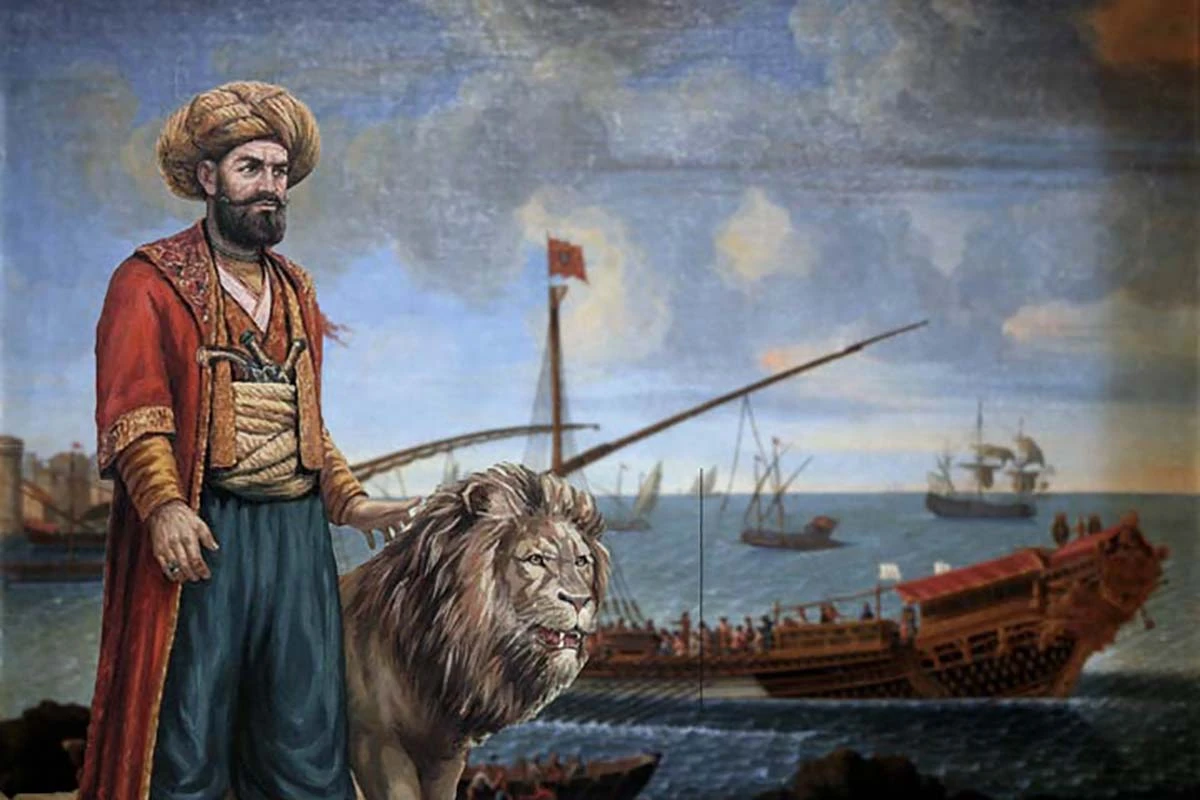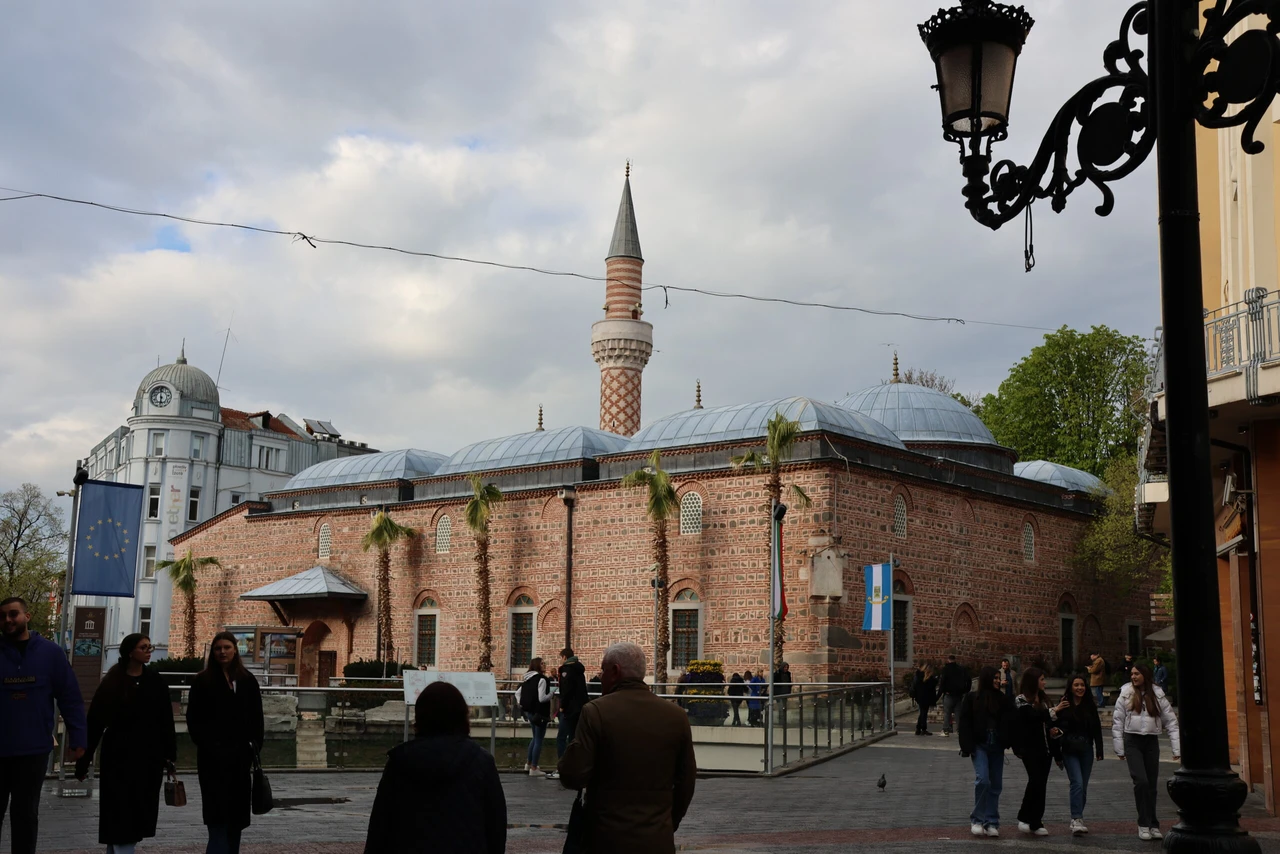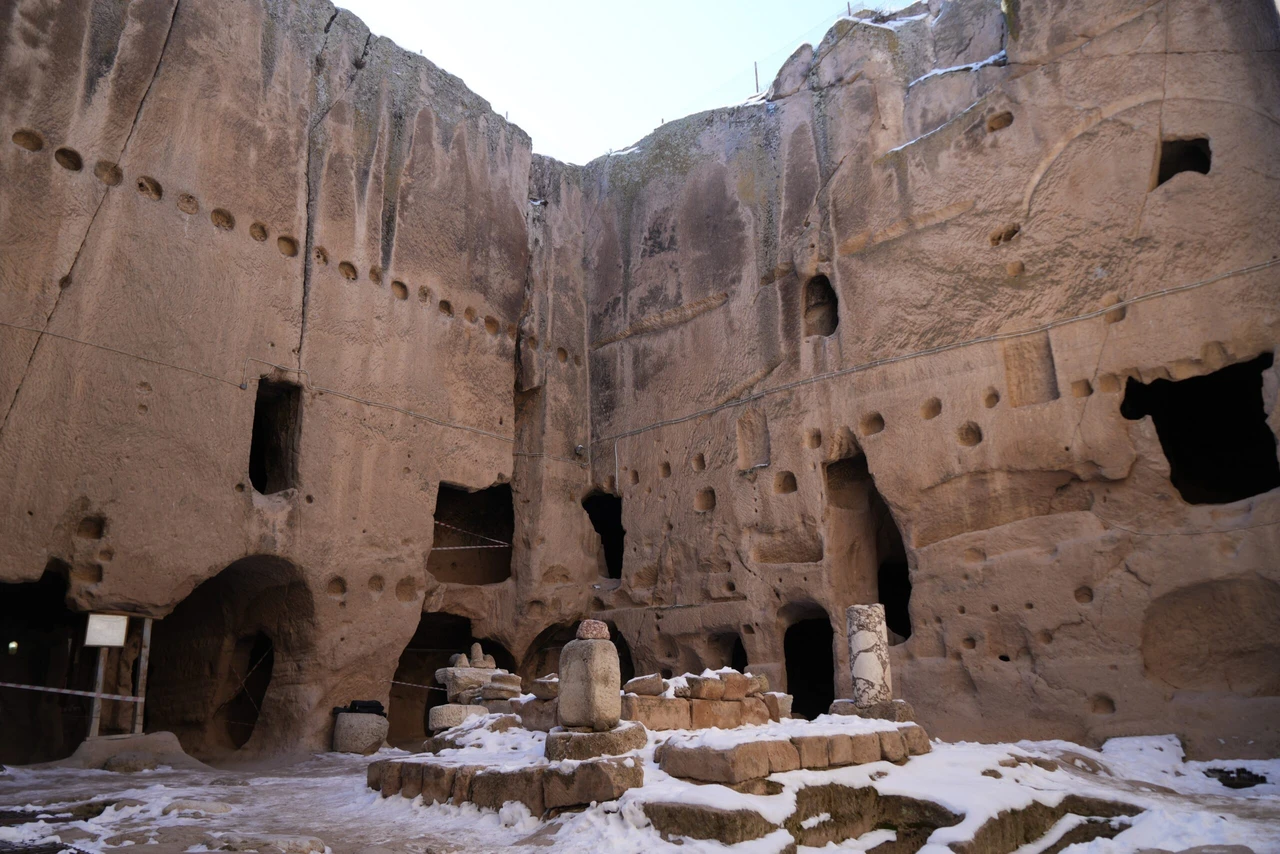Demirkapi Viladethanesi: Türkiye’s first maternity hospital and its historic role
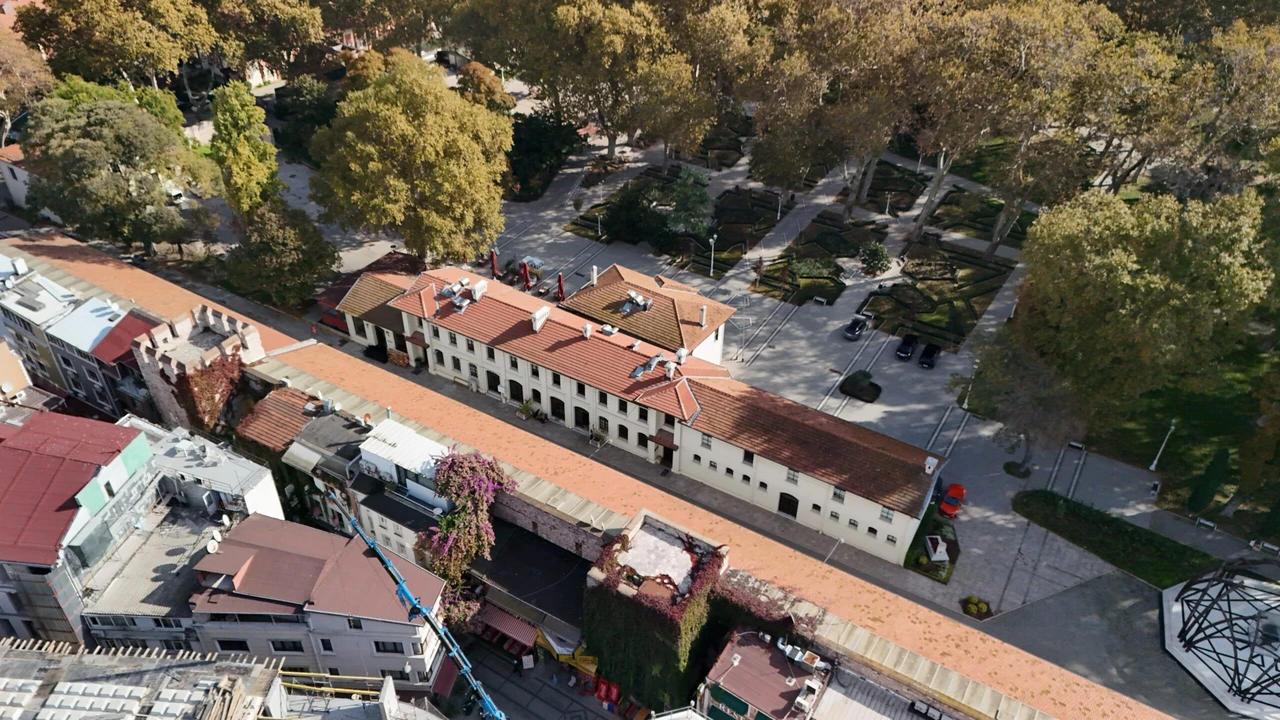 Aerial view of Demirkapi Viladethanesi, Istanbul, Türkiye, November 6, 2024. (IHA Photo)
Aerial view of Demirkapi Viladethanesi, Istanbul, Türkiye, November 6, 2024. (IHA Photo)
The Demirkapi Viladethanesi (meaning maternity hospital in Ottoman Turkish), the first maternity hospital in Turkish medical history, was opened in 1892 within Gulhane Park.
This pioneering establishment holds great significance, particularly in a time when childbirth was traditionally managed at home by midwives in the Ottoman Empire.
Historian of Medicine professor Ayten Altintas shed light on the establishment of this hospital, explaining that the idea of a public birthing facility was initially met with resistance because of social and cultural norms.
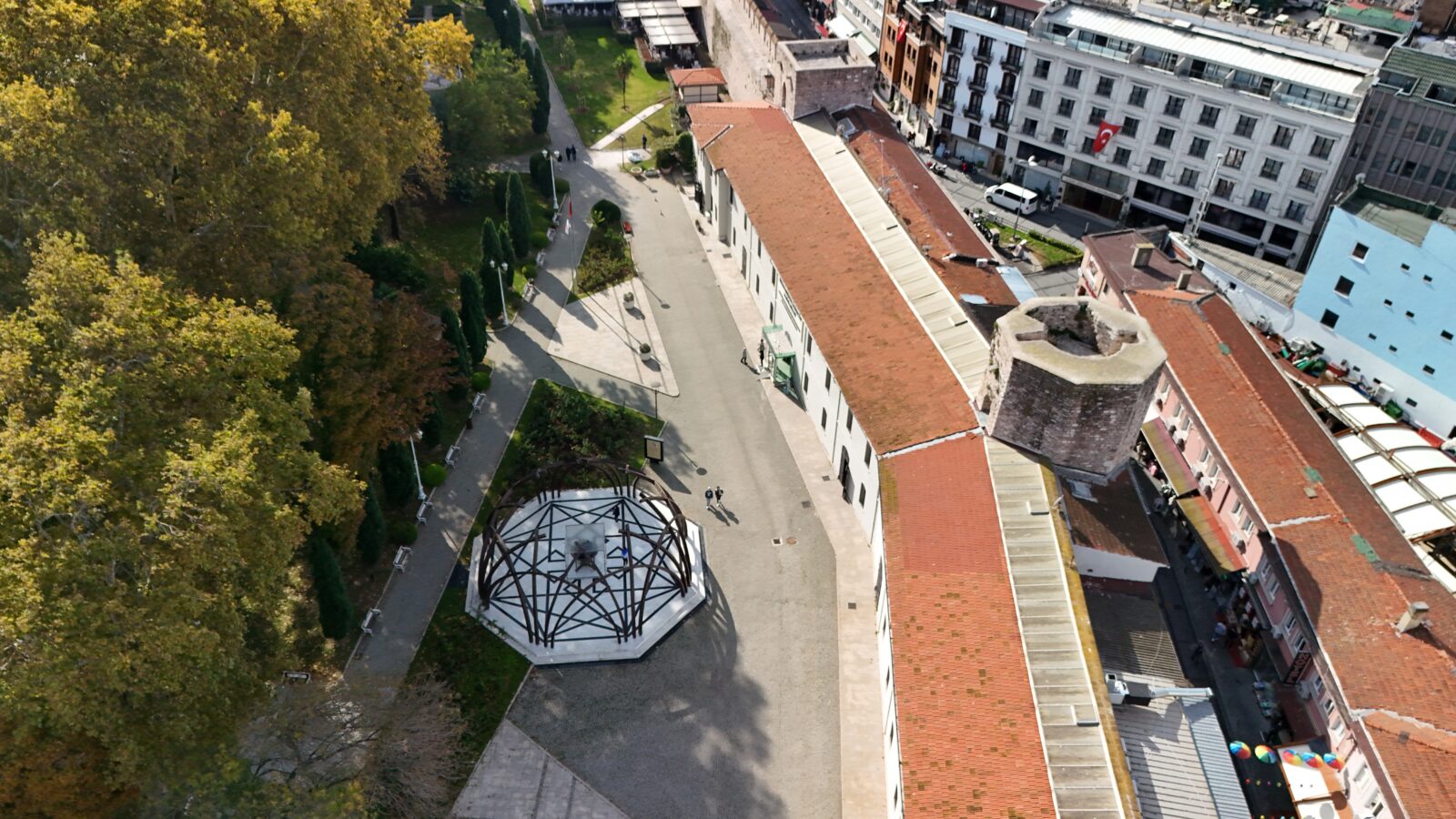
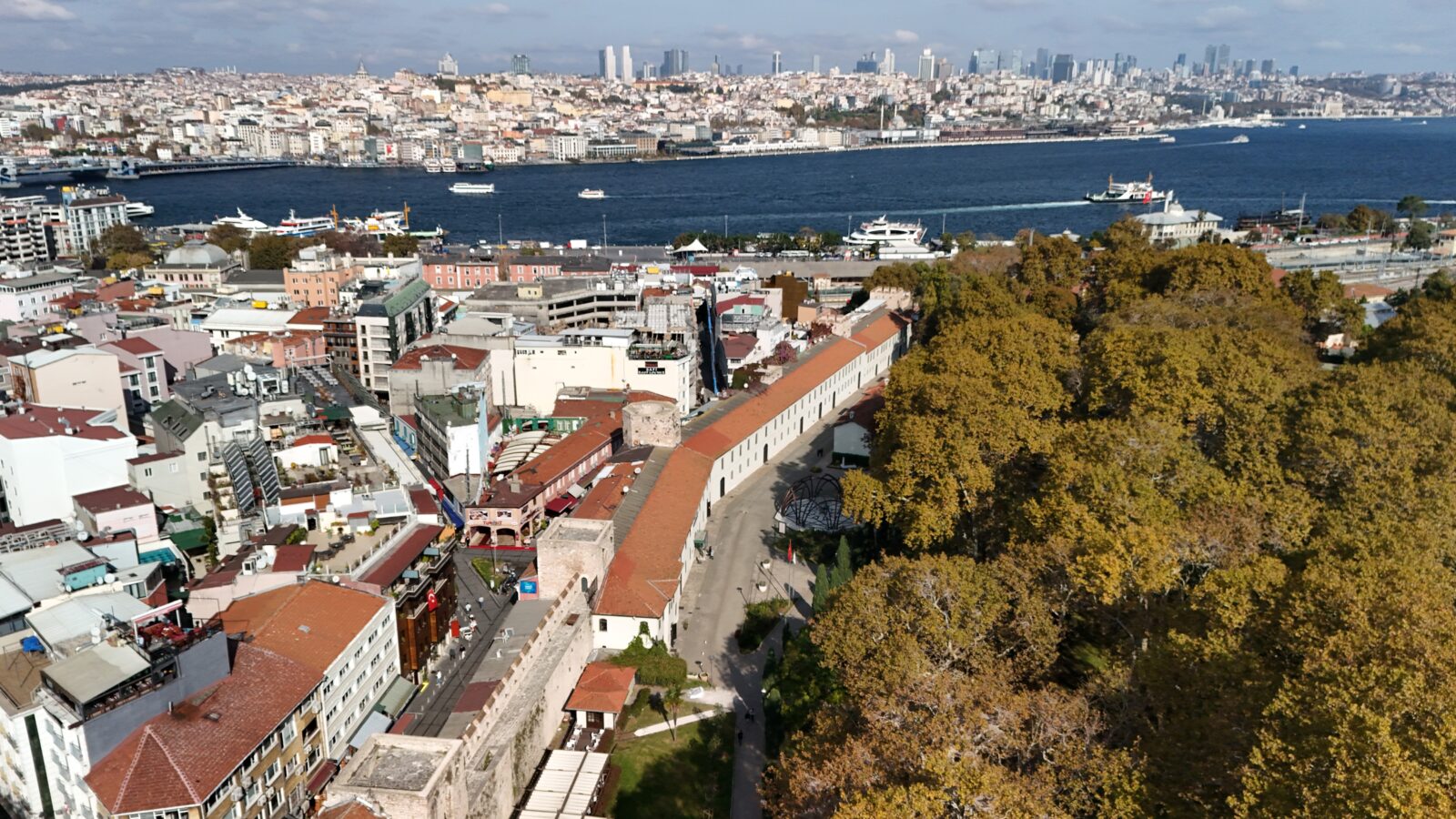
Struggles to establish maternity hospital
Altintas shared that during the Ottoman era, women typically gave birth at home with the assistance of trusted midwives. Any birth outside of the home was often regarded as illegitimate. The idea of establishing a maternity hospital was not easily accepted. It was only after the efforts of Besim Omer Akalin, a pioneering obstetrician, that Sultan Abdulhamid II was convinced to open the first maternity hospital in Demirkapi.
Akalin’s efforts began after his time studying in France, where he specialized in obstetrics. He recognized the need for a place where women in difficult circumstances, such as those without homes or fathers for their children, could safely give birth.
This initiative, according to Altintas, marked a turning point in the history of Turkish healthcare.
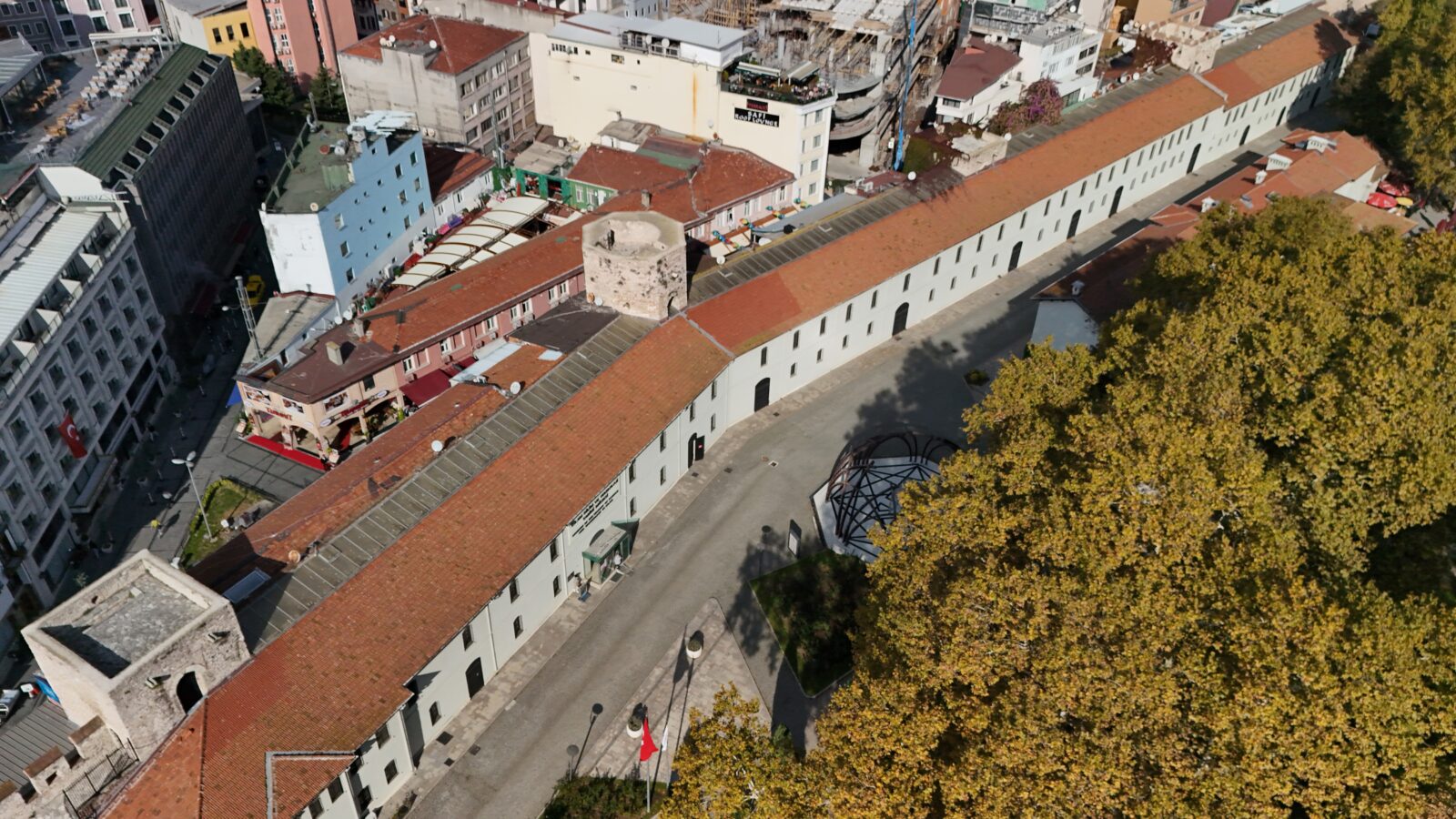
Role of Besim Omer Akalin in maternity care
Professor Altintas highlighted that the concept of opening a maternity hospital was not new. Before Akalin’s efforts, other medical professionals had advocated for it, but their requests were consistently rejected by the Ottoman authorities.
The idea was initially deemed unworthy, as births to unknown fathers or from impoverished families were not considered appropriate for public assistance.
However, Besim Omer Akalin persisted and found an abandoned two-story building near the medical school, which he restored using his own resources. He then successfully lobbied Sultan Abdulhamid II to open the first maternity hospital there in 1892.
Sultan Abdulhamid II’s support for public health
Sultan Abdulhamid II, known for his strong focus on public health, was eventually persuaded by Besim Omer Akalin’s writings. Akalin argued that a maternity hospital was essential not only for the health of mothers and babies but also for the medical education of students.
The Sultan, understanding the importance of the facility, authorized significant funding for the construction of a new maternity hospital in Kadikoy in 1909. This new hospital served the public until 1909, marking a vital shift in healthcare in the Ottoman Empire.
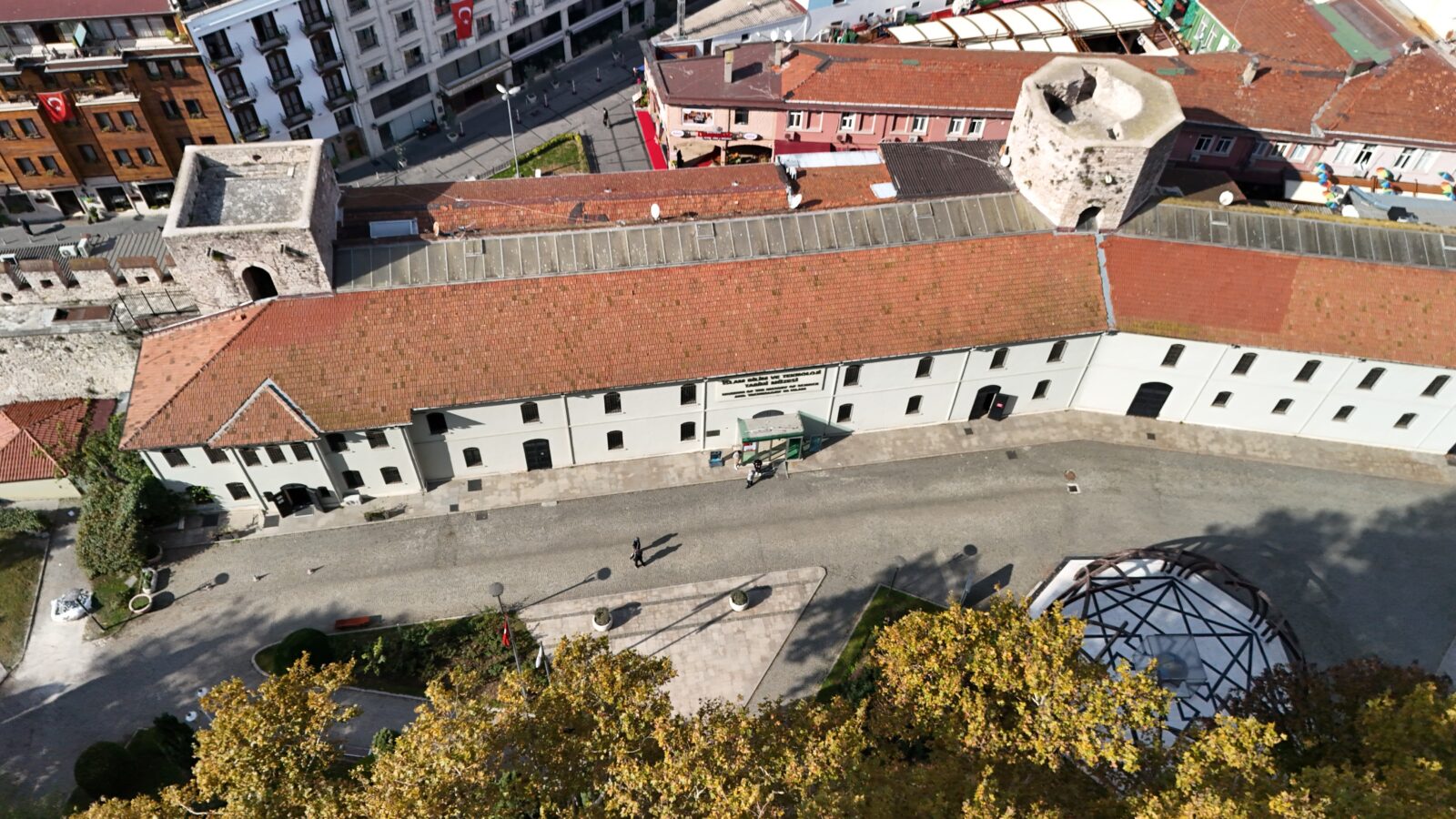
Legacy of Demirkapi Viladethanesi
Today, after significant restoration efforts, the Demirkapi Viladethanesi, which originally served as a maternity hospital, now functions as the Islamic Science and Technology Museum.
This historic building serves as a reminder of the strides made in women’s healthcare during the late Ottoman era.
In her recent comments, professor Ayten Altintas also addressed the tragic rise of neonatal deaths linked to the “Yenidoğan gang,” calling for greater responsibility in the medical field. She emphasized that the value of human life, especially that of newborns, must be prioritized above financial gain. The rise of such incidents underscores the importance of returning to the core values of medicine – service to humanity.
Altintas urged medical professionals to remember that the life chances of newborns are within their control and that they must ensure those chances are maximized.
The Demirkapi Viladethanesi is a significant milestone in Turkish medical history, symbolizing the shift from traditional home births to institutionalized, professional medical care.
Professor Ayten Altintas’ research brings to light the immense cultural and medical shifts that occurred during the late Ottoman era, paving the way for modern maternity care in Türkiye.
